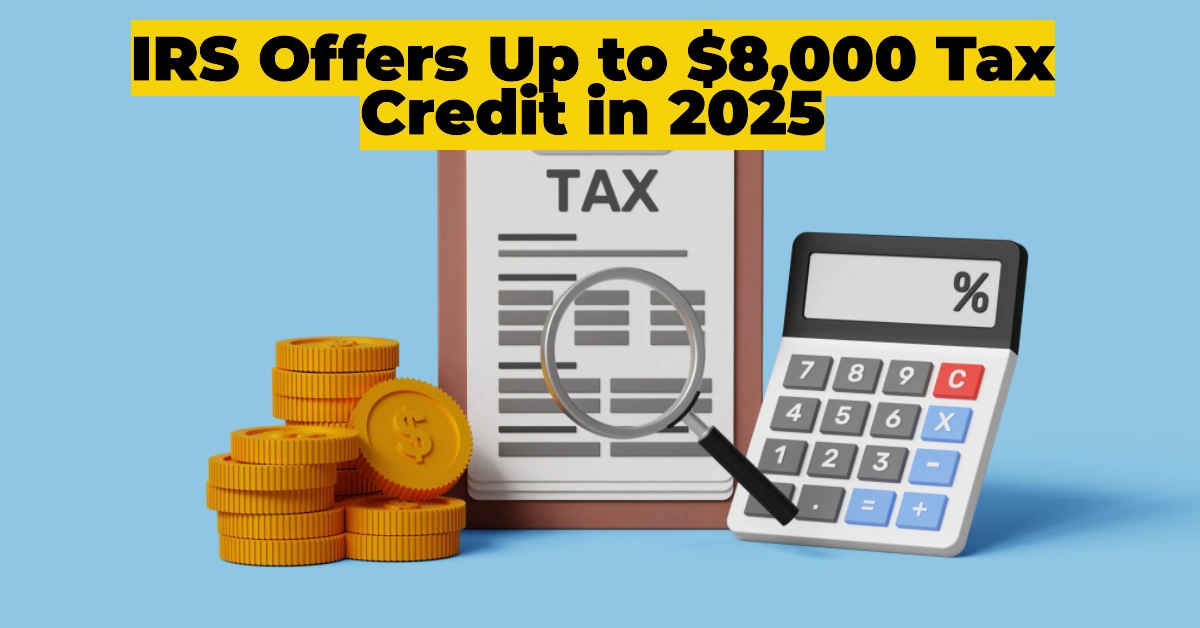The Child Tax Credit (CTC) has been a cornerstone of financial relief for families across the United States. As federal expansions phase out and legislative uncertainties loom, several states have stepped up with their own CTC programs to continue supporting families with dependent children. Here’s a detailed look at how the CTC landscape is evolving and what it means for families nationwide.
Table of Contents
Federal Child Tax Credit: Key Changes and Expiration Timeline
The CTC, part of the American Rescue Plan introduced during the COVID-19 pandemic, underwent significant expansion to help families cope with financial hardships. Changes included:
- Increased Benefits: The credit was raised to $2,000 per child, with $1,600 refundable even for families with little to no tax liability.
- Broader Eligibility: The cutoff age for dependent children was extended to 17 years old, up from 16.
These expansions are set to expire in 2026, potentially reverting the CTC to its pre-pandemic level of $1,000 per child for those under 16. This rollback could significantly impact families, particularly those with older children, unless Congress acts to extend the current policy.
Impact of the Expanded CTC
Since its expansion in 2021, the CTC has had a profound effect on reducing child poverty. A study by Columbia University’s Center on Poverty and Social Policy highlighted that:
- Nearly 61 million children benefitted from the expanded CTC.
- Monthly child poverty rates were reduced dramatically, showcasing the program’s importance in fostering financial stability for families.
While the future of the federal CTC remains uncertain, many states have implemented their own programs to supplement the federal credit, ensuring continued support for vulnerable families.
IRS Announces Key Updates: New Requirements to Claim the Child Tax Credit (CTC) for 2025
New SSI Payments with 2025 COLA: What You Need to Know About the January Changes
$725 Monthly Stimulus Payments for Families in the Sacramento Primero Program
State-Level Child Tax Credits: A Growing Trend
Currently, 16 states have introduced their own versions of the CTC, with varying eligibility requirements and payment structures. These programs aim to provide additional financial relief to families, regardless of federal-level changes.
Here are the states offering additional CTC benefits:
Arizona, California, Colorado, Idaho, Illinois, Maine, Maryland, Massachusetts, Minnesota, New Jersey, New Mexico, New York, Oklahoma, Oregon, Utah, Vermont
Top States Offering the Highest Child Tax Credit
Some states have gone above and beyond, offering significant financial support through their CTC programs:
- Colorado: Provides up to $3,200 per child, based on household income.
- Minnesota: Offers $1,750 per child for individual filers earning $29,500 or less (or $35,000 for joint filers). Advanced payment options are available, enabling families to receive both 2025 and 2026 CTC payments in the latter half of 2025.
- Oregon, Utah, Vermont: Provide over $1,000 per child, easing financial burdens for low- to middle-income families.
New Wave of $700+ Stimulus Checks: Who Qualifies and What’s Next for 2025?
Warm Relief for New Yorkers: $996 HEAP Stimulus Checks to Combat Winter Costs this Christmas
What are the Nationwide Benefits for Seniors Over 65 in America 2025?
SSA’s $22.8 Million Payment Mistake: What Went Wrong and How It’s Being Fixed
Minnesota Leads with Advanced Payment Option
Minnesota has introduced a groundbreaking feature in its CTC program—an advanced payment option. Under this system, qualifying families can receive their 2025 and 2026 payments in advance, spread out over installments in late 2025.
Minnesota Governor Tim Walz emphasized the importance of this initiative:
“The goal of this nation-leading tax credit is to lower child poverty and provide tax relief for working-class families in Minnesota. With the advance payment option, we’re making it easier for families to manage their annual household budget. This new option will increase financial freedom and ensure families have the support they need all year long.”
What Families Need to Know
For families considering state-level CTC benefits, understanding the eligibility criteria is key. While most programs are designed to support low-income households, the benefits can vary significantly depending on the state. Families are encouraged to review their state’s guidelines and apply early to maximize their benefits.
As the federal CTC faces potential reductions in 2026, state-level programs are proving to be invaluable in maintaining financial security for families. Whether it’s through larger payments, extended eligibility, or innovative features like Minnesota’s advanced payments, these programs highlight the importance of localized solutions to combat economic challenges.











5 thoughts on “Extra Child Tax Credit Available in These States: Is Yours Included?”